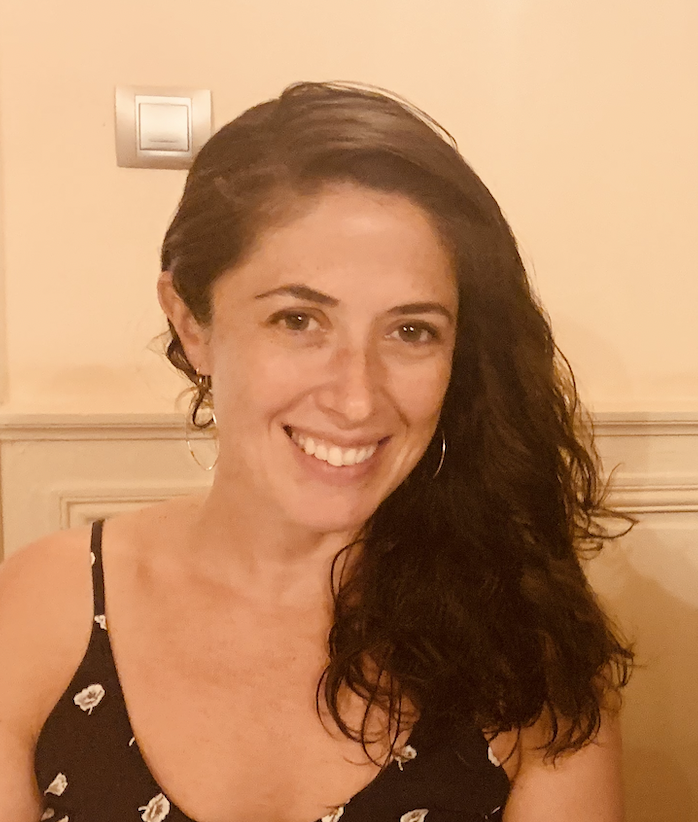Middle School is the first time in a student’s academic career that a preferred learning style becomes salient and begins to impact study habits, comprehension and retention.
As we progress through our academic careers, learning styles become second nature. Students will often adapt their study habits without even realizing what learning style they prefer, and why they’ve chosen to study they way they have. However, for a young student, this is not always so obvious at first. If you can identify your child’s learning style, you can help them get ahead by framing homework and study skills in a way that makes sense for him or her.
In this post, we explore the three primary learning styles, help you identify a learning style, and share tips on how maximize that learning style.
Learn about the three primary learning styles and improve academic skills, while still in middle-school:
1) Auditory: Auditory learners learn best by listening. These students will perform best if they receive information through recitation or in a spoken-format.
2) Visual: Visual learners like to see content displayed. These students will perform best by reading, looking at visual displays, or watching a demonstration.
3) Kinesthetic: Kinesthetic learners will learn actively, that is by doing and touching. Hands-on activities and written exercises will help them to memorize content.
Some people find that a combination of the above works best, but most students do have an underlying tendency towards an auditory, a visual or a kinesthetic learning style.
How can I determine a learning style?
If you don’t have the chance to see your child’s learning style in real-time, which most of us do not, start by:
1) Speaking with your child’s teacher. He or she will have a good idea of what works best for your child in the classroom.
2) Help your child complete homework and begin to notice what kinds of strategies work and do not work.
3) Try a sample activity that employs each learning style and observe.
4) You might also think about your learning style. While learning styles are not hereditary, there’s a good chance your child has adopted some of your preferences and incorporated them into his or her academic habits.
Some questions to consider...
Do you write everything down in order to remember it? You are a kinesthetic learner.
Do audio books, lectures, or podcasts help you recall information? You are an auditory learner.
Do power points and diagrams help you understand content? You are a visual learner.
What kinds of activities can I implement to help my child study effectively?
For Auditory Learners:
- Speaking out loud or sharing what you’re learning with others.
- Reciting, Recording and listening to information repeatedly.
- Choosing an audio book instead of reading text.
- Using word associations and rhymes.
- Creating songs around the content you seek to master.
- Working in a quiet space with no distracting noises.
For Kinesthetic learners:
- Tracking words on a page with a finger
- Writing and re-writing information to help with memorization.
- Using a pen to highlight text.
- Taking regular breaks and moving around.
- Choosing hands-on activities, such as games, arts & crafts, or dioramas.
For Visual learners:
- Creating flash cards that could include an image, in addition to text.
- Studying illustrations, maps, or charts.
- Writing information and reviewing text on a frequent basis.
- Highlighting, underlining, and color-coding.
Once you’ve started working with and observing your child's academic habits, you may have a better sense of his or her learning preferences. The more you can do to maximize your child's academic habits during the formative middle school years, the readier your child will be as coursework becomes more intensive throughout high school and college.


Comments